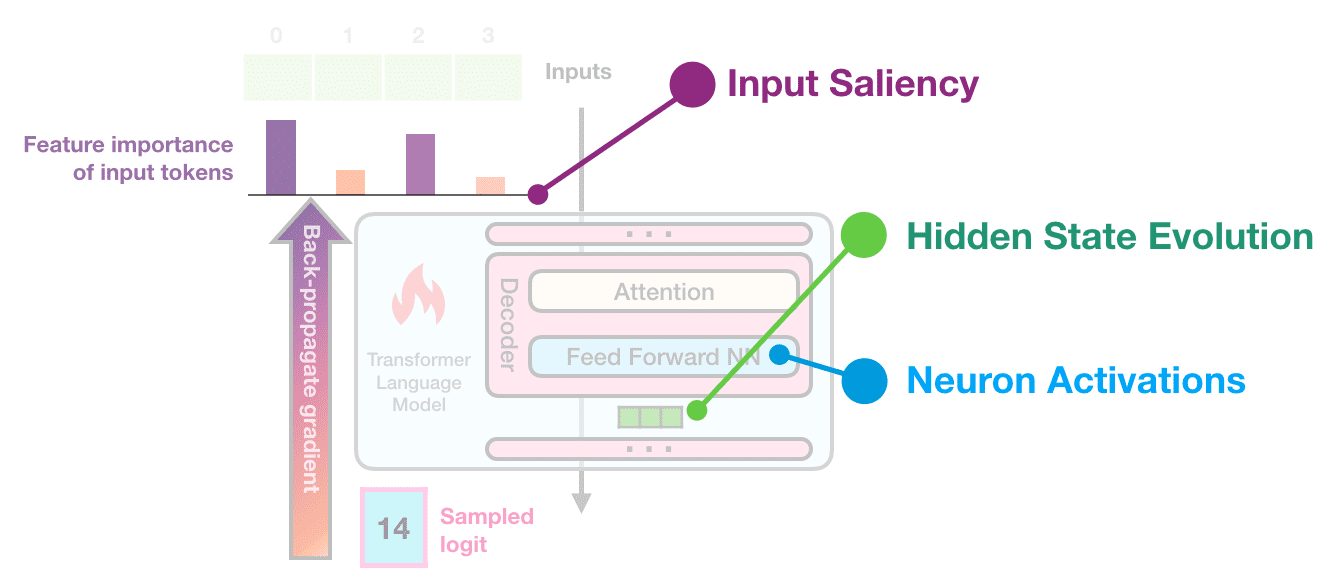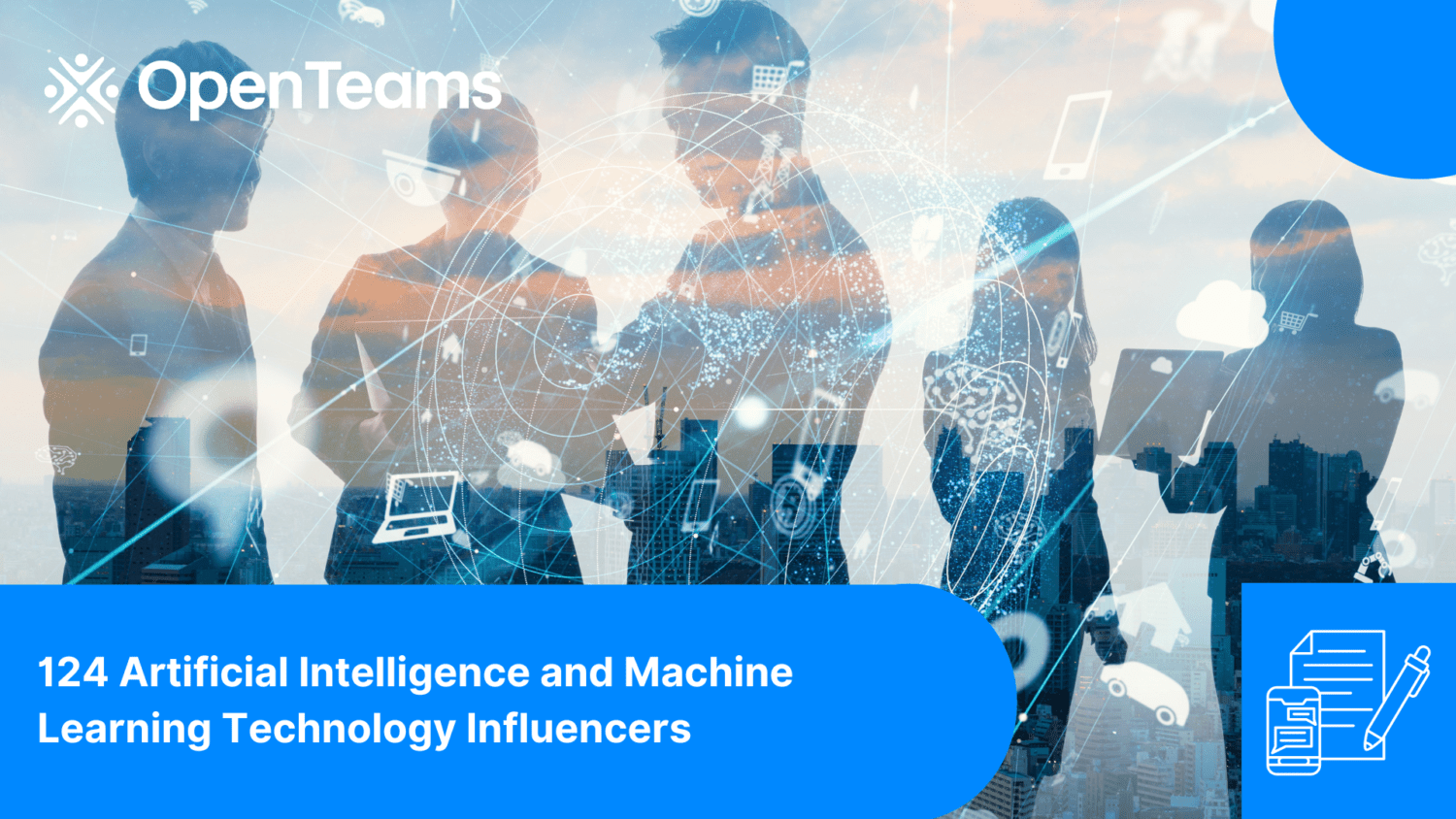
scikit-learn 2023 In-person Developer Sprint in Paris, France
In June of 2023 (week of June 19 to 23), the scikit-learn team held its first developers sprint since 2019! The sprint took place in Paris, France at the Dataiku office. The sprint event was an in-person event only and had 33 participants.
The following scikit-learn team members joined the sprint:
- Gael Varoquaux (@GaelVaroquaux)
- Olivier Grisel (@ogrisel)
- Guillaume Lemaitre (@glemaitre)
- Tim Head (@betatim)
- Jérémie du Boisberranger (@jeremiedbb)
- Frank Charras (@fcharras)
- Maren Westermann
- Arturo Amor Quiroz
- Adrin Jalali
- Loïc Estève
- Thomas Fan
- Julien Jerphanion (@jjerphan)
- François Goupil (@francoisgoupil)
- Roman Yurchak
- Joris Van den Bossche
The following community members joined the sprint:
- Ines (intern at Dataiku)
- Chaine San Buenaventura
- Yann Lechelle
- Vincent Maladière
- Franck Charras
- Jovan Stojanovic
- Leo Dreyfus-Schmidt
- Alexandre Landeau
- Louis Fouquet
- Alexandre Vigny
- Harizo Rajaona
- Samuel Ronsin
- Riccardo Cappuzzo
- Camille Troillard
- Denis Engemann
- Léo Grinsztajn
- Lilian Boulard

Last Row: Denis Engemann, Riccardo Cappuzzo, François Goupil, Tim Head, Guillaume Lemaitre, Louis Fouquet, Jérémie du Boisberranger, Frank Charras, Léo Grinsztajn, Arturo Amor Quiroz.
Middle Row: Thomas Fan, Lilian Boulard, Gaël Varoquaux, Ines, Jovan Stojanovic, Chaine San Buenaventura.
First Row: Olivier Grisel, Harizo Rajaona, Vincent Maladière.
Sponsors
- Dataiku provided the space and some of the food, as well as all of the coffee.
- The scikit-learn consortium organized the sprint, paid for the lunch, the travel and accommodation expenses.
Topics covered at the sprint
- PR #13649: Monotonic constraints for Tree-based models
- Discussed the vision/future directions for the project. What is important to keep the project relevant in the future.
- Should we share some points beyond the vision statement?
- Thomas F will try and create a vision statement
- Discussed what people are keeping an eye on with a two year time scale in mind in terms of technology and developments that are relevant.
- Tim: keep improving our documentation (not just expanding it but also “gardening” to keep it readable)
- Tim: increase active outreach and communication about new features/improvements and other changes. A lot of cool things in scikit-learn are virtually unknown to the wider public (e.g. Hist grad boosting being on par with lightgbm in terms of performance, …)
What is next?
We are discussing co-locating with OpenML in 2024 in Berlin to organize another developers’ sprint.

 Reshama Shaikh
Reshama Shaikh François Goupil
François Goupil
